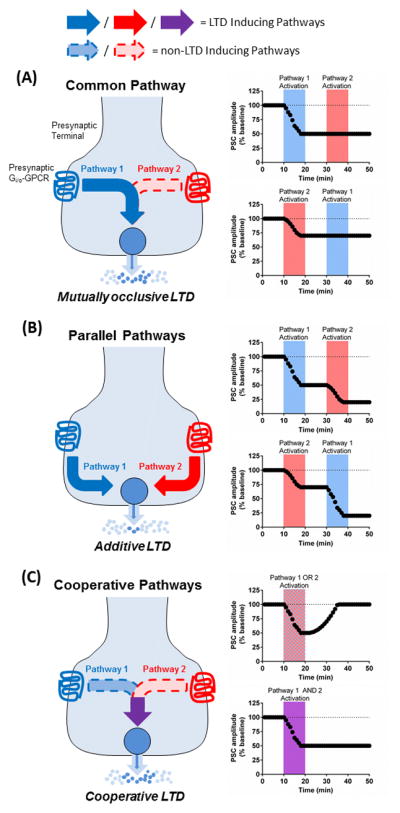Figure 3. Possible interactions between two Gi/o-coupled receptors co-expressed on the same presynaptic terminal.

(a) Two presynaptic Gi/o-GPCRs may signal through pathways that converge upon the same downstream effectors to induce LTD. Alternatively the two receptors may signal through pathways that not only converge, but are nearly identical. In either case, the two receptors will compete at some level for access to signaling proteins. The end result of this interaction will be mutually occlusive: LTD expression mediated by one receptor will prevent LTD by the second receptor. (b) A second possible interactive scenario could occur if two receptors operate through independent, non-converging signaling pathways that each achieved the same end result of inducing LTD. In this case LTD induction by one GPCR would be added to during induction by the second GPCR to increase the degree to which the terminal is depressed resulting in greater, additive LTD. (c) A final possible interaction between two presynaptic receptors is cooperation. In this relationship neither receptor is able to induce LTD on its own, but the ability of one receptor to do so is bolstered by signaling from the other. As such, one receptor would be required for LTD induction and the other would serve a facilitating role. In each of these scenarios, the timing of receptor activation would be critical. Coincident receptor activation could be needed for the hypothesized outcomes to occur, or possibly there may be a time window in which the two pathways could still interact.
